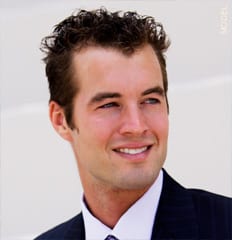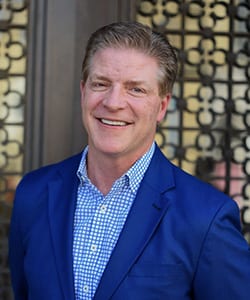 Adults and children with large or protruding ears can be the subject of teasing and ridicule, but they can enjoy a more proportionate ear appearance through ear surgery performed by Dr. Jeffrey Poulter at his practice in Bloomington, Illinois. Also called otoplasty, this procedure is used to bring the ears closer to the head, making them appear smaller and more proportioned.
Adults and children with large or protruding ears can be the subject of teasing and ridicule, but they can enjoy a more proportionate ear appearance through ear surgery performed by Dr. Jeffrey Poulter at his practice in Bloomington, Illinois. Also called otoplasty, this procedure is used to bring the ears closer to the head, making them appear smaller and more proportioned.
Otoplasty can correct large or protruding ears in children and adults, as well as ears marred by birth defects or injuries. Most otoplasties are performed for children between the ages of 4 and 14, though the procedure is just as safe to perform for adults. Generally, ear surgery patients are pleasantly surprised by how easily the procedure can be performed and experience very little pain during the surgery or recovery period.
 Get to Know
Get to Know
Dr. Jeffrey Poulter →
An experienced plastic surgeon. Dr. Poulter is committed to your beautiful results with minimal discomfort and downtime.
The American Society of Plastic Surgeons (ASPS) provides an in-depth look at ear surgery. For a more detailed description of this procedure, visit the ASPS ear surgery page.
A board-certified plastic surgeon, Dr. Poulter specializes in procedures such as Illinois otoplasty to help you look and feel your best. In addition to his meticulous attention to detail and artistic eye, Dr. Poulter offers the latest innovations in pain management – such as multimodal pain management therapy – for optimal patient comfort.
To find out more about otoplasty with Dr. Poulter, click here to request a consultation at his Bloomington office today. Or you can call Dr. Poulter’s office at (309) 663-1222 or Toll Free (888) 841-4108 and one of our helpful staff members will assist you.
Plastic surgery financing is available to help you cover up to 100% of the cost of your procedure. Our Center offers several convenient financing programs, which can be discussed in detail following your consultation.